Assembly of the system
I know a lot about building in small cases, and compared to some earlier movements, the Revolt 3 is almost spacious again. If you want to read about my last ITX adventure again, you can do so here:
Eigenes ITX-Gehäuse aus dem 3D-Drucker – Selbstversuch, Bautagebuch und Benchmarks | Praxis
Once all sides are removed from the case, installation and access to the individual components is quite simple as already shown. The mainboard should – as with large systems – best be equipped with processor, RAM and SSDs outside of the case before it moves into the case.
I won’t go into the exact steps here, because in the end it simply depends on the selected parts, but I can recommend the following rough order: First, install the assembled motherboard and connect power, USB and front panel connectors as far as possible. By the way, HYTE bypasses the cable tangle of many small cables in this case and combines them into a single connector. Unlike pretty much all cases I know, the front USB Type-C port is not connected internally to the motherboard, but to the rear I/O via USB Type-C as well
In a small space, however, mediocre chaos can hardly be avoided. However, it should be said that beauty is not important for my review. So, in case of doubt, the temperature values that follow later can be considered the “worst case” with many cables blocking the airflow. For a nicer interior, here’s another tip: Don’t waste space behind the mainboard! The EPS power supply, fan and RGB cables, for example, can be routed between the back of the motherboard and the side of the case before the board is installed.
Regarding GPU compatibility, HYTE lists a few models on the product page that definitely fit the Revolt 3. For the rest, you need to follow the specified dimensions and have a little luck.
Another nice advantage of this case is that it doesn’t need PCIe riser cables.
At the top right of the picture, you can see a little curiosity that I can’t quite explain. This cover hides the graphics card’s power connections, so it can lead to problems with particularly wide GPUs here. In addition, some cooling fins and their warm exhaust air are blocked from the outside. Maybe this is to improve the stability of the case, but I can’t make any sense of it. Fortunately, however, it can be easily removed with two screws.
Apart from my poor cable management, however, you can once again see well in this picture that AiO watercoolers can also be used with either protruding screws or slightly thicker fans / radiators (up to 60mm in total). By the way, if you don’t need the 3.5″ bay, you can also stow some cables there!
The biggest hurdle in building this system was probably the installation of the AiO water cooling system. A nevertheless very small distance between radiator and pump block, but at the same time hose length designed for ATX case lets you get creative. So turned the radiator twice with the pump block already mounted, so that the hoses form a “curl”. Then simply screwed into the holder that opens like a door and this problem is also circumvented.
I can give two more tips for your own system in this case: If you want to use the integrated WLAN of your mainboard, use antennas with some cable up to the receiver. If you screw the antennas directly to the motherboard, they are shielded all around by the case, which significantly reduces the range. And when the system is assembled and panic sets in after an unsuccessful first start-up attempt, remember that there are two switches for the power supply. One on the power supply itself and a second on the case. Of course, this did not happen to me as a full professional, not at all!
The manual also contains a number of good tips from the manufacturer:
With a total of 9.6 kg, of which 6.3 kg is the case including the power supply, the system is heavier than expected in the end. I wouldn’t want to run a marathon with it now, but the computer can be carried quite comfortably for shorter distances thanks to the handle on the top.















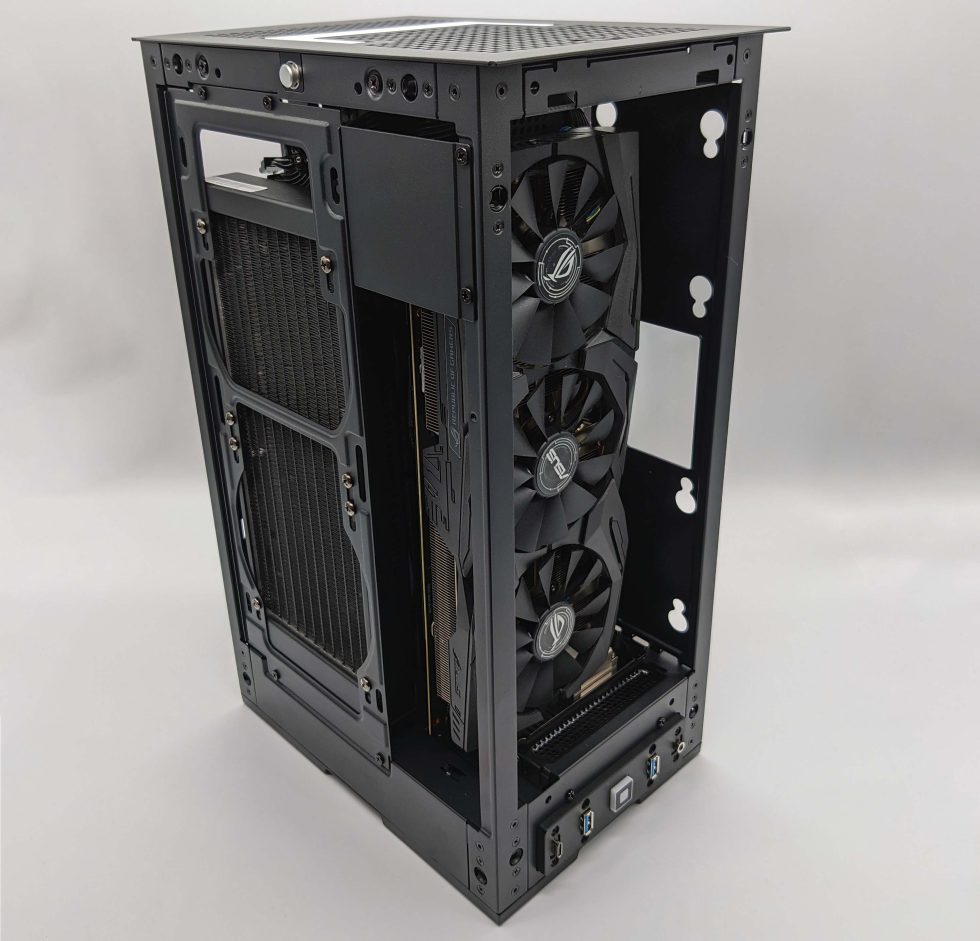
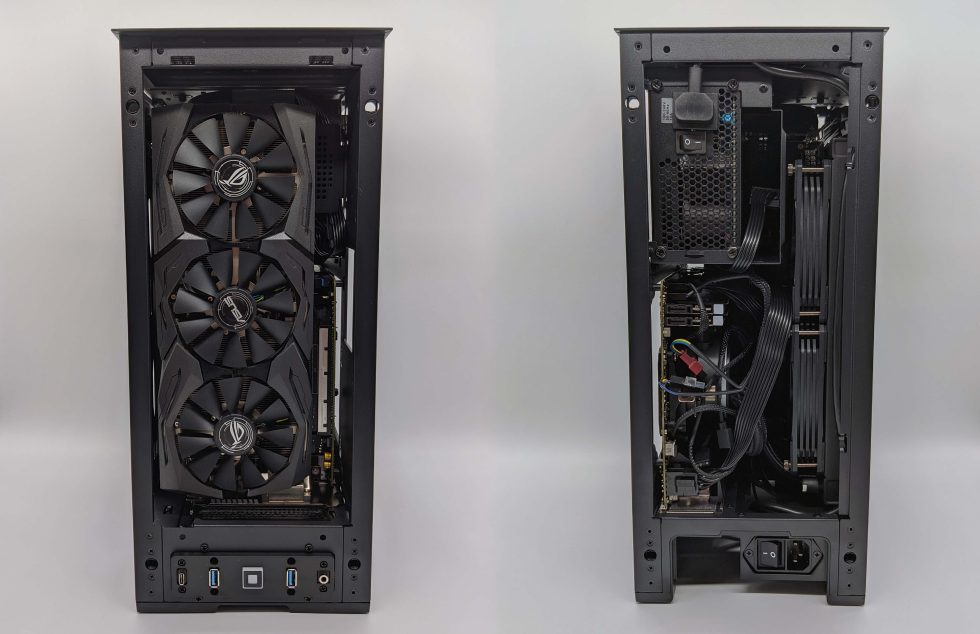
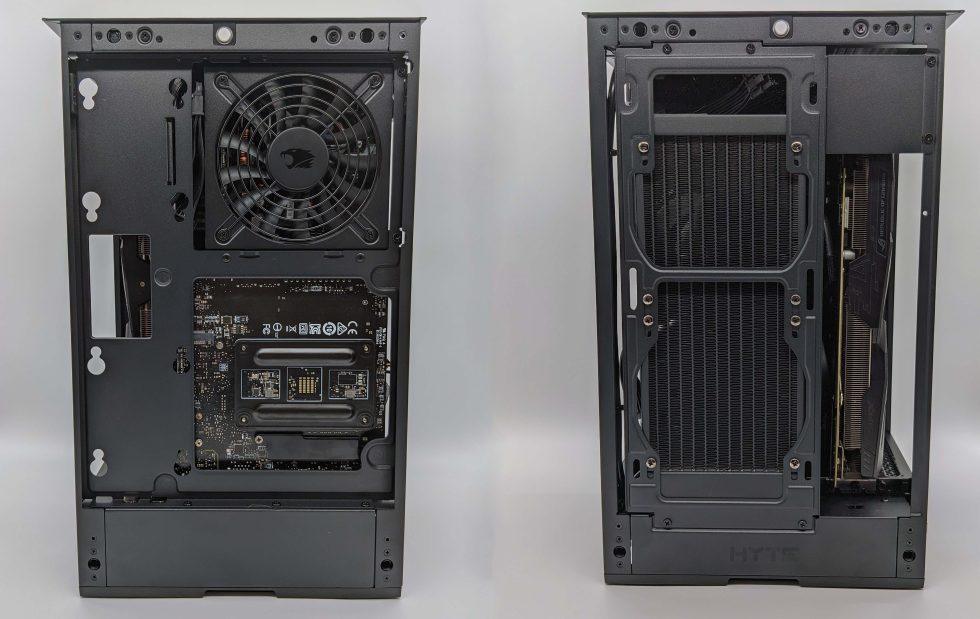
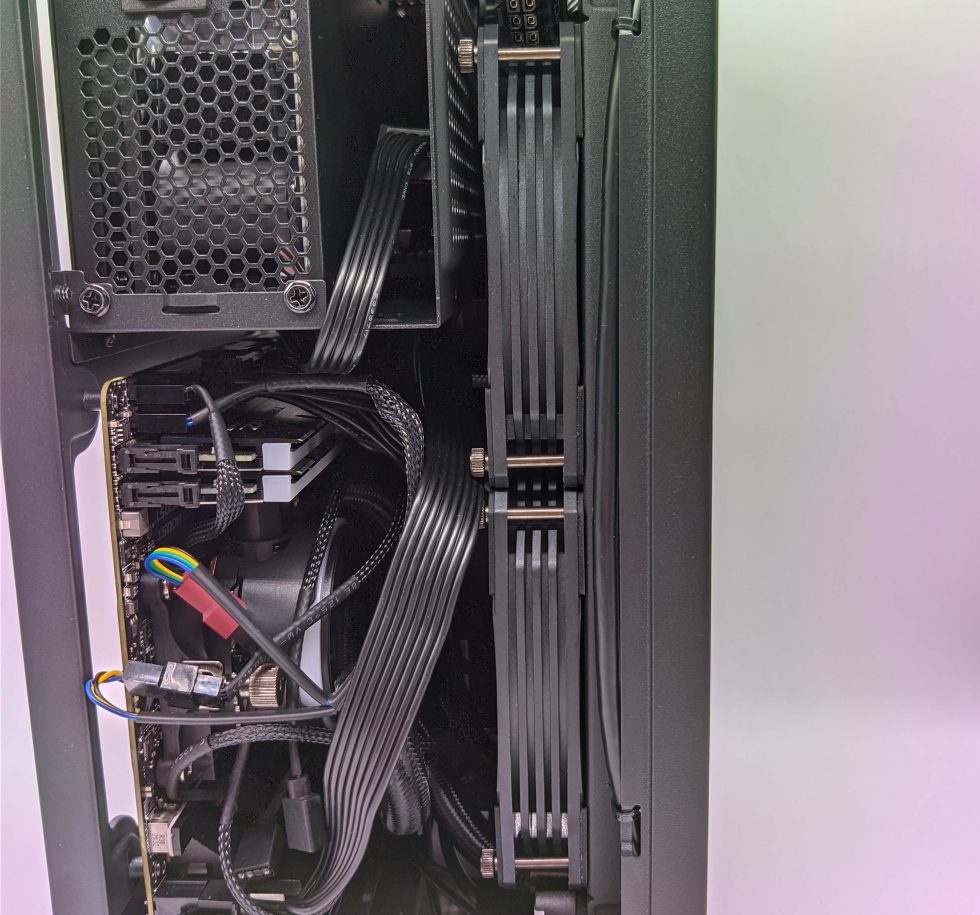
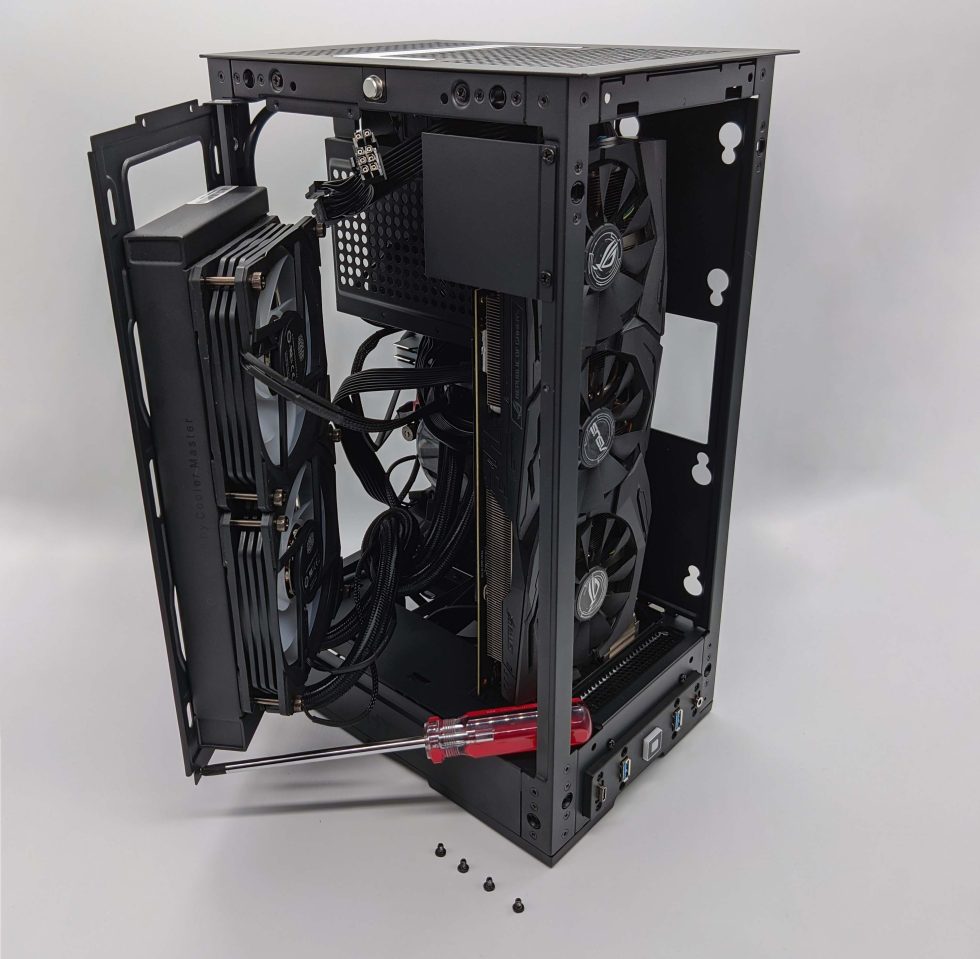
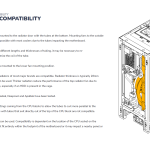
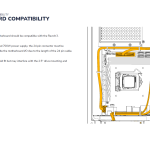
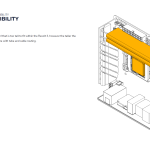
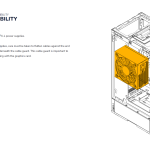
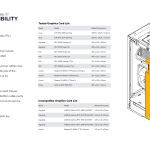



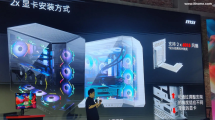















13 Antworten
Kommentar
Lade neue Kommentare
Urgestein
Neuling
Neuling
Moderator
Neuling
Moderator
Urgestein
Moderator
Urgestein
Neuling
Mitglied
Alle Kommentare lesen unter igor´sLAB Community →